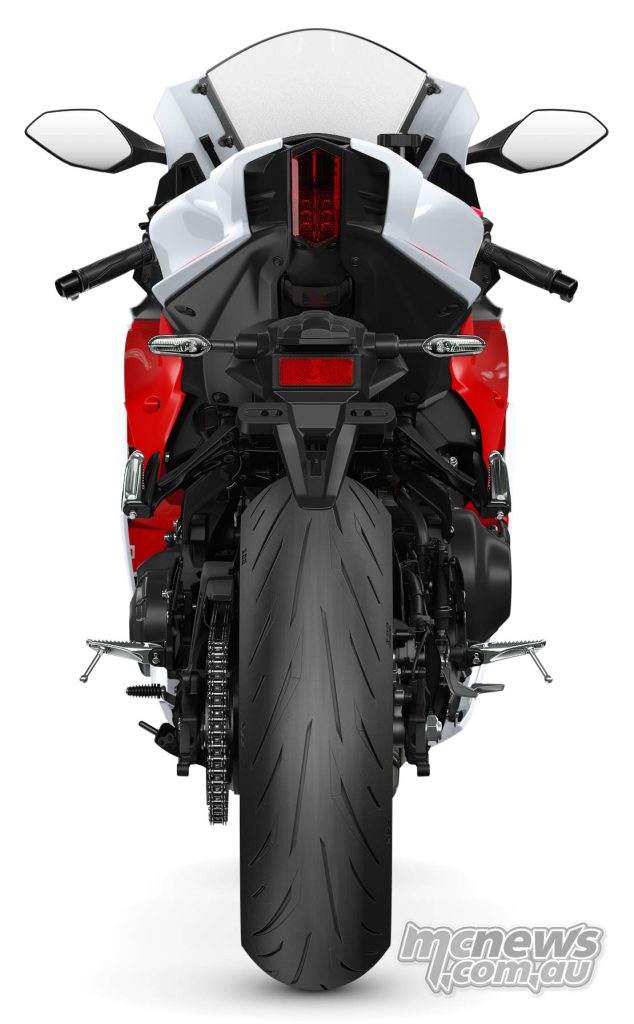Yamaha YZF-R9 Review
We’ve been talking about this bike for the past five years, basically ever since we heard Yamaha was actually going to build it. The Yamaha YZF-R9 is thus probably the most eagerly awaited sports motorcycle since the bike it replaces in the glorious YZF-R6. The legendary R6 was a hard-edged supersport thrasher that’s won more races and titles across the world than anyone can count, and signalled a gateway drug into the world of high-powered sportsbikes for anyone who dreams of clips-ons and low screens.
Personally, I thought the R9 would have come at the end of 2023, but I guess good things come to those who wait, and wait, and wait…
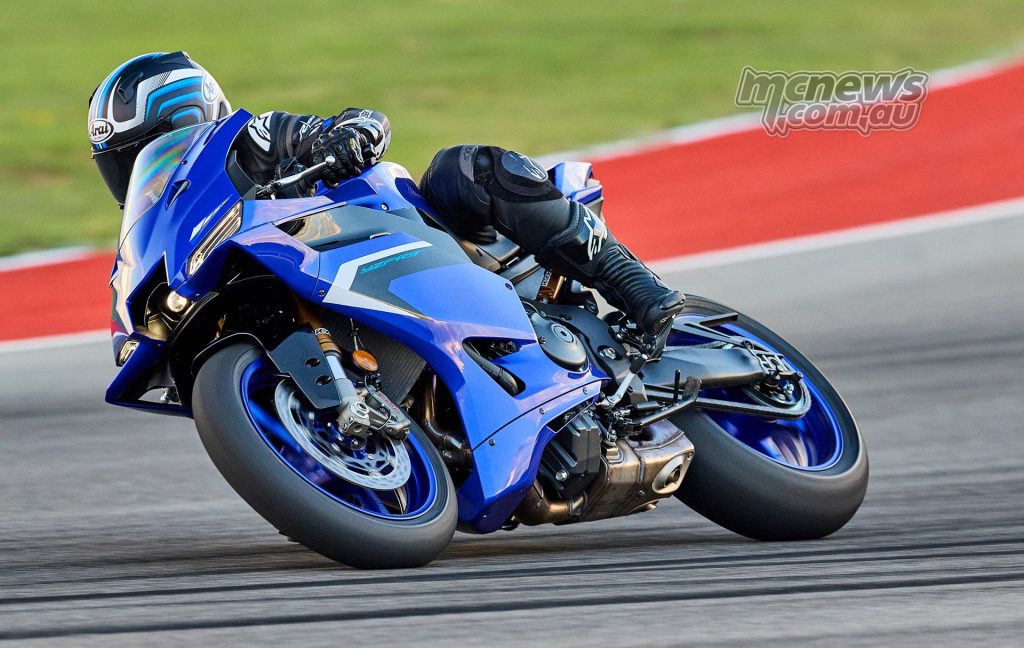
The supersport category is going through a seismic change right now. Less aggression and more practicality were never terms you would use to describe the class, but if sportsbikes wish to stay on our roads, they need to be adapted to suit the buying public’s appetite. Make no mistake, it is the buying trends of the consumer that are driving this change.

The first bike off the ranks in this new way of thinking was the Ducati Panigale V2 S, which was so far removed from the 2024 version that it was hard to believe the same company made it. Higher bars, low pegs, less horsepower and, importantly, less weight took the bike in a completely different direction. Now, Yamaha has followed suit by taking their redoubtable MT-09 as the base and fashioning a new supersport steed out of it.

In much the same guise as the Panigale, the R9 is trying to give riders a greater degree of comfort that allows them to ride faster for longer via a more relaxed riding position, more space between your knee bend and less weight on your wrists.

Compared to the outgoing Yamaha YZF-R6, a machine that’s about as hard-edged and focused as a supersport machine could possibly be, the R9 is up for a bit of a laugh. This is, after all, a machine based primarily off the king of hooliganism that is almost unavoidable in the MT-09 nakedbike, however, in sportsbike drag, the three-cylinder still has the performance to match the YZF tagline.

Yamaha’s 890 cc CP3 inline three-cylinder motor is a known quantity. Part of the Yamaha family since the first MT-09 in 2013, it has slowly been massaged from a snappy, brat of a thing into one that is now Yamaha’s most dependable power unit, seeing duty in the MT-09/MT-09 SP, XSR900, the Tracer 9 GT, and the XSR900 GP. Yamaha claims 117 hp/87 kW and 69 lb-ft/93 Nm of torque for the 890 cc triple, which puts it pretty much in line with the Panigale V2 S we tested a month ago in Spain.
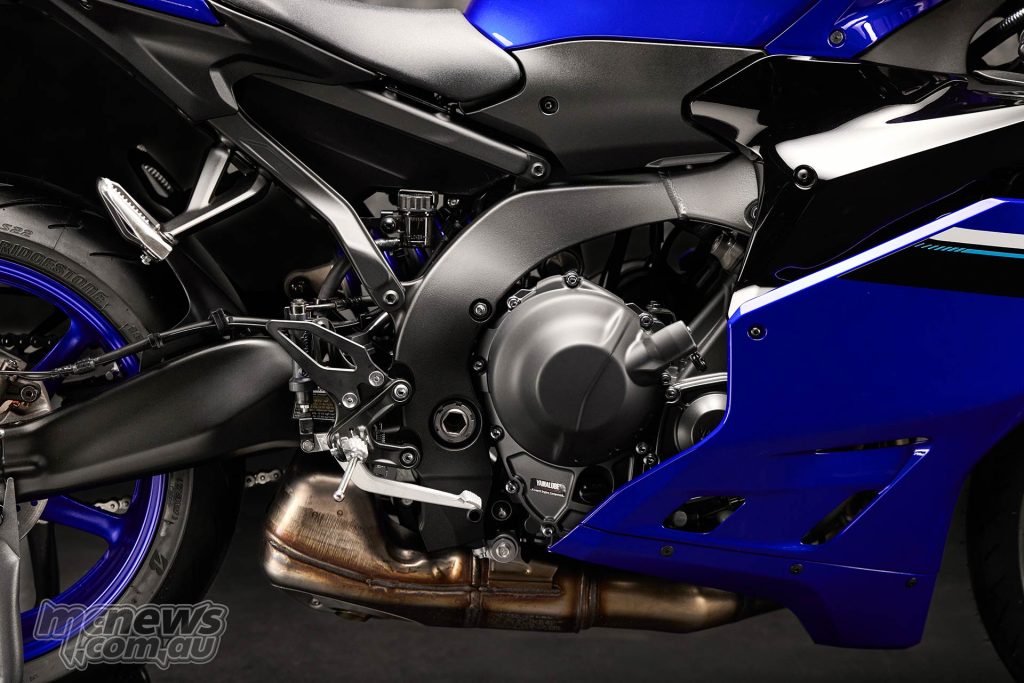
Compared to the outgoing four-cylinder R6, the R9 has significantly more torque, 31 Nm more to be exact, but more importantly it spreads that over such a wide rev range. During our day at Sonoma in California in the pouring rain, this came in very handy as you didn’t have to constantly shift gears to keep the revs sky high for dependable performance.

The CP3 still suffers from the dreaded flat spot between 5-6500 rpm, which is due to inescapable emissions regulations. Regardless of your position on the twist grip, the ECU just won’t let the throttle butterflies open as quick as you’re asking them if you’re in this particular point of the rev range. A quick look at the data confirmed this, but if you do go and pick up an R9, stick an aftermarket pipe on and take it to a good tuner and they will largely be able to eradicate this engineered-in EU problem.
The CP3 motor is mated to Yamaha’s six-speed gearbox with quite widely spaced ratios. This hints to the streetbike nature of the machine, as opposed to a short-ratio race-inspired six-speed unit.

You can thus hold gears for a long time (at least in the wet), keeping the motor surfing its buxom torque curve and keeping the bike driving forward. Racers may find these ratios not aggressive enough, although Stefano Manzi would probably disagree, having taken the R9 to victory lane on his and the bike’s very first attempt at Phillip Island.

The performance, as usual, is metered through the Bosch six-axis IMU-fettled electronics and the expansive Yamaha rider suite system. In it sit three modes in Sport, Street and Rain, a couple of customisable ride modes and an extra four racetrack modes. These give you access to the engine power modes, slide, traction, launch and wheelie control levels, ABS that can be disengaged on the rear and your quick-shifter levels. And for the road riders out there, don’t forget you get cruise control as standard.

All this functionality is accessed via the five-inch TFT dash that also gives you access to the Yamaha app in which you can use to really delve into the data, such as throttle position, track mapping, along with where and when certain systems were activated.

Seeing as our ride was almost entirely in the pissing down rain, traction control was registered on the higher side to what I would normally use, but the electronic intervention is so smooth these days. Gone are the days when these systems were a hinderance, their effectiveness being proven by the fact that no one crashed on a day in which the Yamaha execs would have been more than happy if only two bikes went down.

The R9’s Deltabox chassis is a bespoke unit. The name of the game here was increased stiffness for racetrack potential, compared to the flexi-frame of the MT-09. Yamaha engineers gave the R9 16 percent greater lateral stiffness, 18 percent more torsional and 37 percent more longitudinal stiffness, plus a 2.1° steeper rake angle at 22.6°. The wheelbase is also slightly shorter as well at 1419 mm to the MT-09’s 1440 mm.
Despite this, the R9 is incredibly stable, especially under brakes. Yamaha has finally ditched the Advic brake calipers for Brembo Stylema monoblocs with streel braided lines and braking performance has improved out of sight (at least Yamaha is now on par with pretty much everyone else, whereas before they were seriously lacking).

The riding position also helps braking stability. With Yamaha placing the handlebars 8 mm higher and 10 mm forward, it helps you get the weight over the front wheel easier and more comfortably. Load that (wet) front tyre up on the entry to turn four at Sonoma and let the chassis take care of the rest.
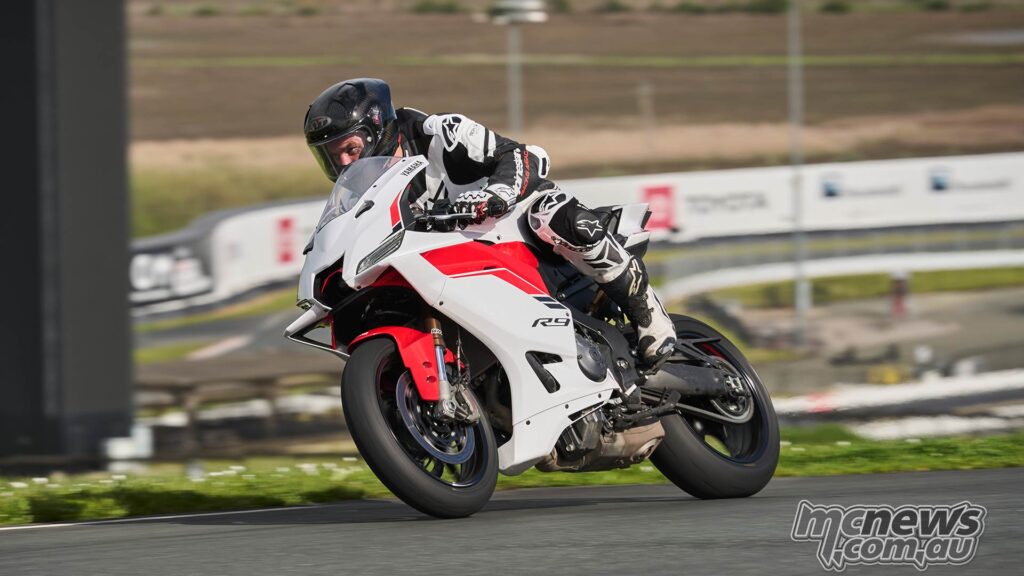
The R9 doesn’t steer as quickly as the R6, but it’s not meant to. It’s more stable and forgiving, more approachable in how it goes about making fast lap times.

KYB has graced the R9 with its separated rebound and compression damping forks, and a new KYB shock that helps smooth out the first 10 percent of compression makes for an extremely smooth ride. Again, as we were only testing in the wet, the suspension didn’t get pushed as hard as in the dry, but initial impressions were good.
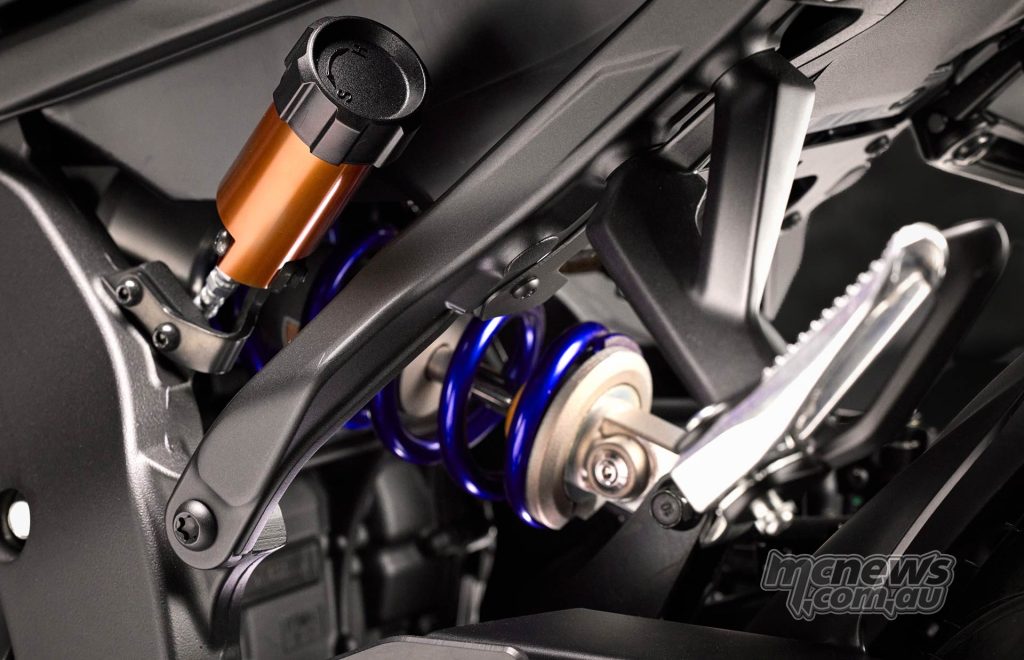
Aesthetically the new R9 is an evolution of what we saw with the 2025 YZF-R1 with its winglets claimed to reduce front wheel lift by seven percent when you get hard on the gas in a straight line, although Yamaha did not disclose at which speed the 10 percent extra downforce was attained.

Yamaha also claims the lift is reduced by 10 percent when you’ve got the bike leaned over in corners. I feel Yamaha’s done a decent job of trying to incorporate the catchy new winglets without making them too gaudy, but they do substantially increase the frontal area of the bike. A trim R6 with no wings still looks better in my books.

The R9 is by far the most important machine Yamaha has launched in the best part of a decade. The tuning fork brand was once the king of the supersport class but over time has seen its dominance eroded by the European brands, and they seem to have hit the nail on the head with race results so far on the world level on the R9, winning two of the four races held at the time of writing.

For mere mortals, the R9 represents a massive shift in sportbike thinking. The more relaxed ergonomics make this a far easier machine to get the most out of compared to a razor-sharp R6, as does the torquey CP3 motor. It doesn’t have the traditional soundtrack and astronomical rpm of years gone by but progress, especially in the supersport class that never saw any of it for what feels like decades, is a good thing.

I don’t know about you, but I like to ride and not get too beat up at the end of the day. I did the best part of 60 laps at Sonoma and felt perfectly fine at the end of it. I can’t say that about many other bikes I’ve ridden in the last five years.

The R6 may be gone, but it has a worthy successor in the R9, and that’s about the best compliment I can give Yamaha’s new supersport weapon.
For more information see the Yamaha Moto Australia website.
2025 Yamaha YZF-R9 Specifications
|
2025 Yamaha YZF-R9 Specifications |
|
|
Liquid-cooled, 4-stroke, DOHC, 4-valve, 3-cylinder |
|
|
Telescopic forks, 120mm travel, fully-adjustable KYB |
|
|
Swingarm (link suspension), 117mm travel, fully-adjustable KYB |
|
|
Hydraulic dual discs, 320mm – ABS, Brembo Stylema and radial master-cylinder |
|
|
Hydraulic single disc, 220mm – ABS |
|


